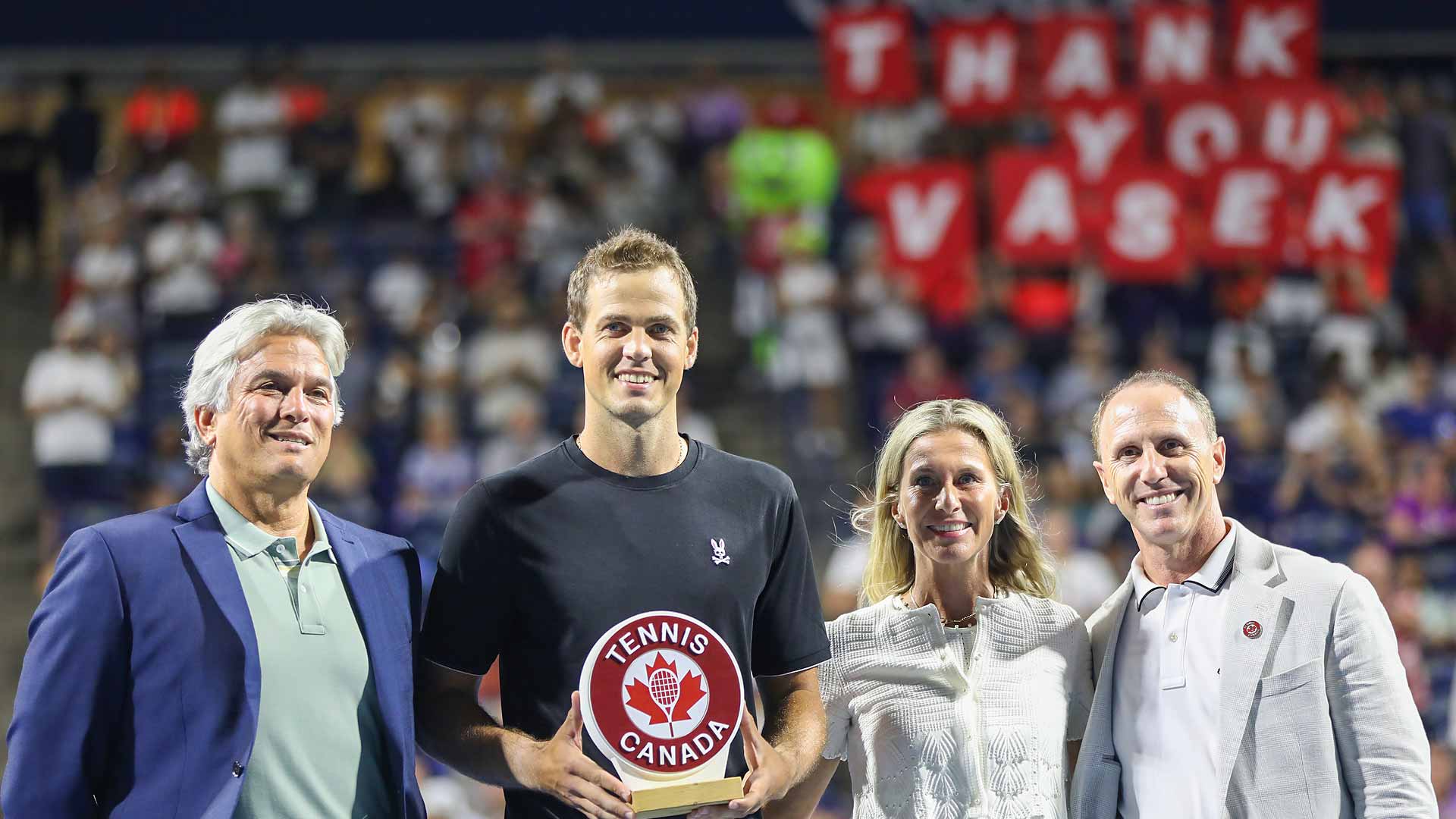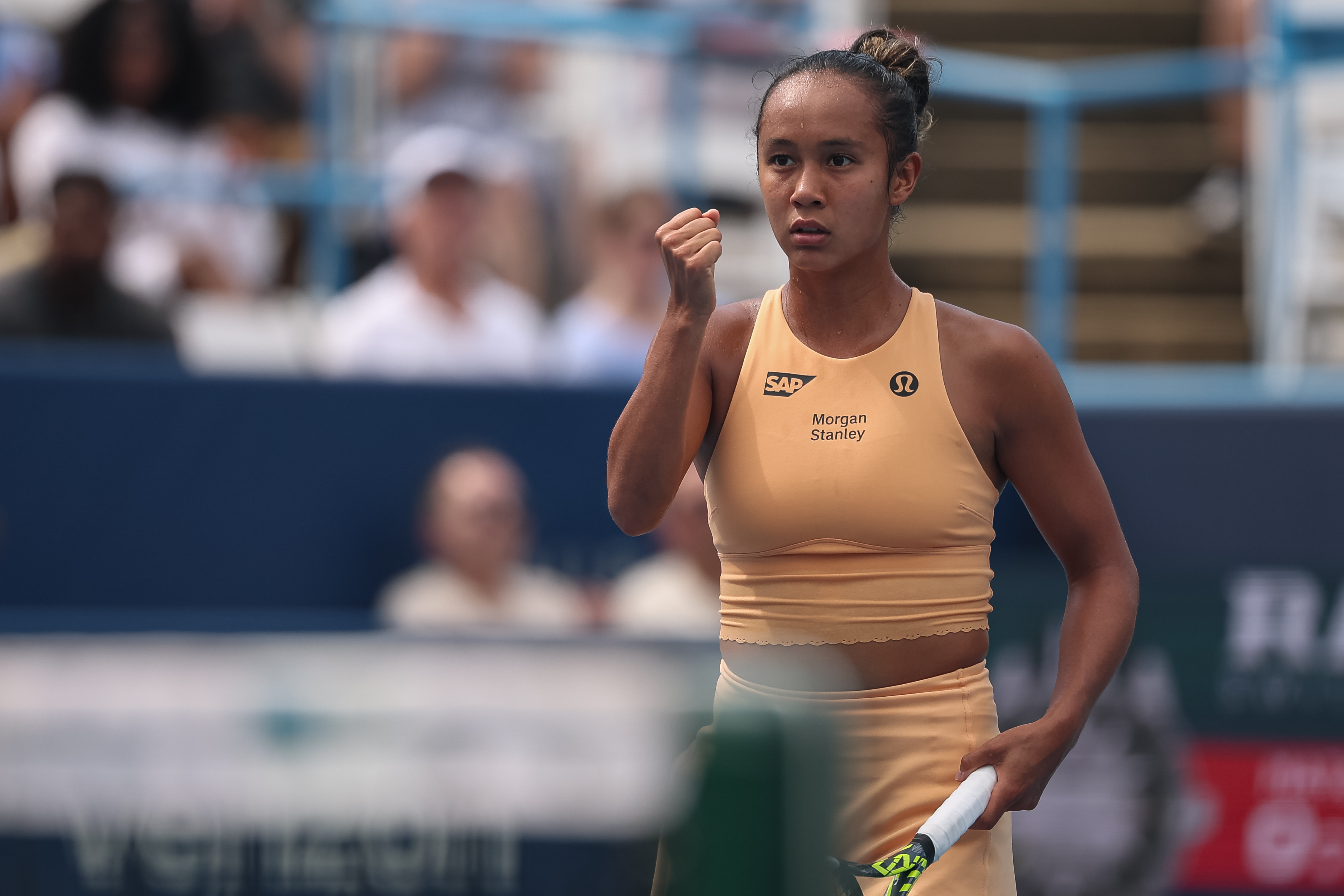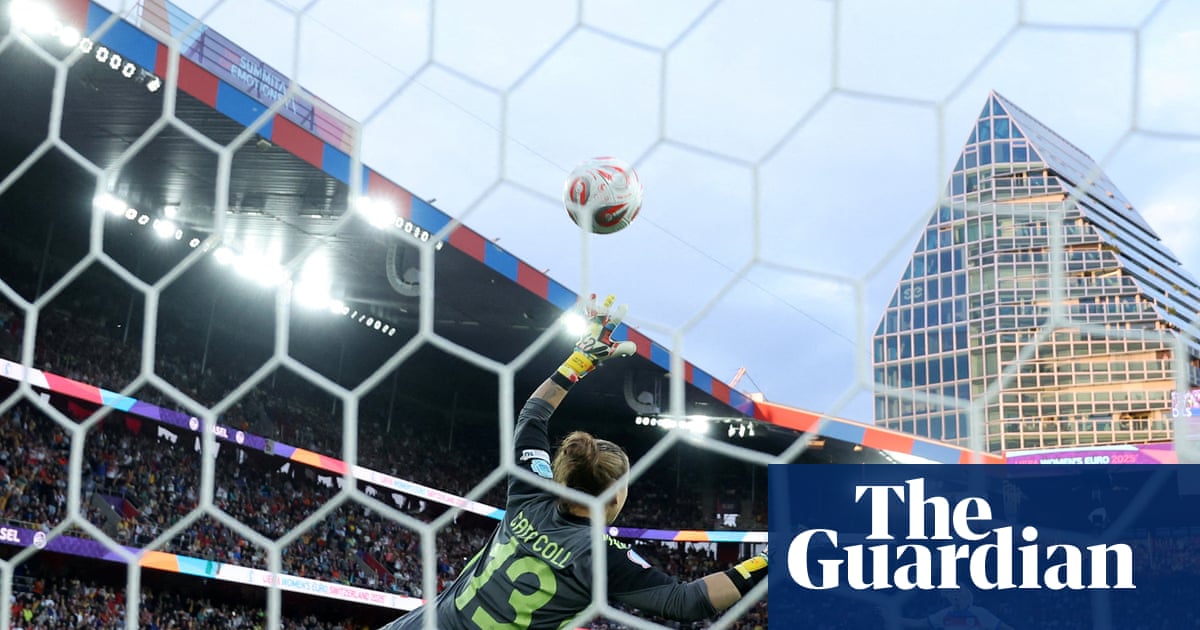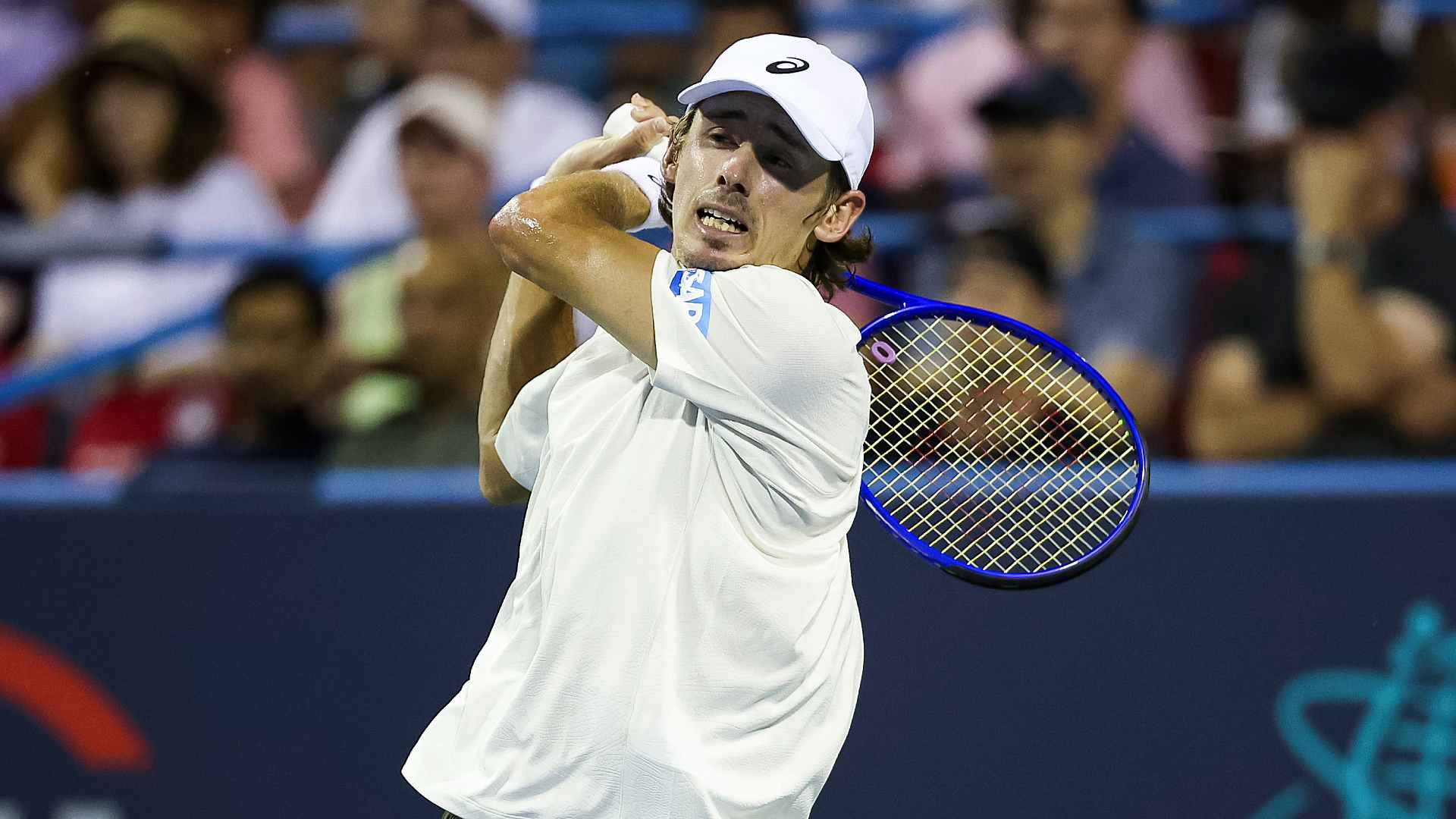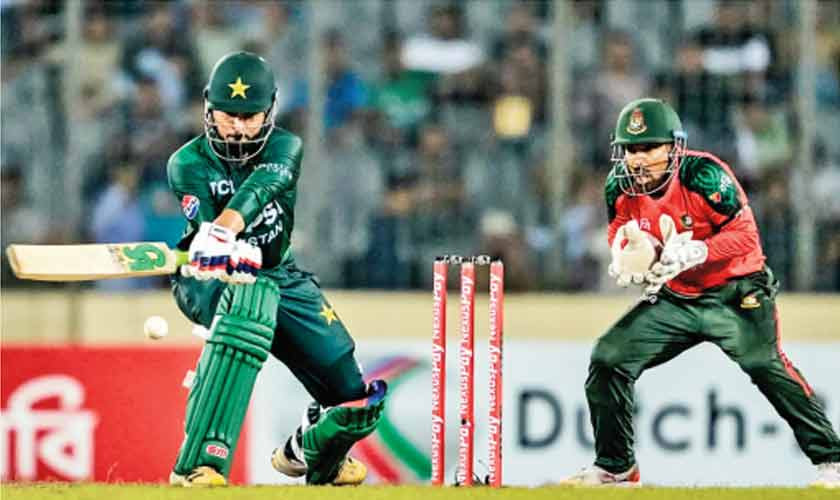New surface, new stakes: Who’s ready for grass-court season?

And just like that, we welcome the grass-court season. From unseeded Slam winners to top players still finding their footing, there’s no shortage of surprises on this surface. As the Queen’s Club gets going, how much do you really know about tennis’ greenest stretch?The transition from clay to grass is abrupt -- like zero to 60 abrupt.From the soft landings and high bounces on red dirt to the low, skidding darts on grass, it’s a tough turnaround after the French Open. There are six Hologic WTA Tour grass tournaments in the three weeks leading into Wimbledon. Three of them are 500s, with loaded fields, in London, Berlin and Bad Homburg.That’s an exceedingly small sample, which is why grass can be such an unpredictable, slippery slope. Your past three champions at the All England Club: Elena Rybakina, Marketa Vondrousova and Barbora Krejcikova. Rybakina was ranked No. 23 coming in, Vondrousova was the first unseeded women’s winner in Wimbledon history and Krejcikova was ranked No. 32.No one saw that trio coming.Who will it be this year? Could it be French Open champion Coco Gauff?Perhaps.Only seven players in the Open Era have pulled off the rare Roland Garros–Wimbledon double, winning both in the same year. It happened in three straight seasons in the early '70s, but has become increasingly rare since. Steffi Graf accomplished the feat four times, while Serena Williams is the only player to do it this century.Margaret Court (1970)Evonne Goolagong (1971)Billie Jean King (1972)Chris Evert (1974)Martina Navratilova (1982, 1984)Steffi Graf (1988, 1993, 1995, 1996)Serena Williams (2002, 2015)And speaking of Gauff, this leads us to our first trivia question of the grass-court season. Oh, and don’t ruin the fun. The answer is below so no cheating.Thanks to the obsessed numbers-crunchers at Stats Perform, we know the answers.Yes, reigning Australian Open champion Madison Keys has been the most proficient on grass by a fairly wide margin. She has the low, flat shots that work on this slick surface. Three of her 10 career titles came on grass, two in Eastbourne and another in Birmingham.“The tennis season doesn’t really allow you to ease into anything,” Keys said after losing in the Roland Garros quarterfinals to eventual champion Gauff, “so I’m going to London tomorrow, and I imagine I’ll be on grass on Friday.“That’s kind of the reality of the sport.”The reality is that there’s always someone right behind.On Keys’ heels …Iga Swiatek 15-7 (.682), Wimbledon quarterfinalist in 2023.Coco Gauff 21-10 (.677), three-time Round of 16 appearances.Emma Navarro 10-5 (.667), 2024 quarterfinalist.Aryna Sabalenka 28-17 (.622), semifinalist 2021 and 2023.Next in line …Jessica Pegula 18-12 (.600) and Paula Badosa 14-11 (.560).Work to do …Jasmine Paolini 8-7 (.533), Mirra Andreeva 3-3 (.500) and Zheng Qinwen 3-8 (.273).Getty ImagesHomefield advantage?Naturally, Katie Boulter and Emma Raducanu, the top-ranked British players, are more accustomed to playing on grass more than most players.Boulter has a 29-16 record (.644), her best winning percentage on any surface -- by far. Raducanu is 11-7 (.661), significantly better than clay or hard court. Ranked No. 338, she received a Wimbledon wild card in 2021 -- and sprinted into the Round of 16.Agronomy 101Lois Boisson, the French wild card who soared into the semifinals at Roland Garros -- in her first Grand Slam draw ever. Her ranking, No. 361 going in, is now well inside the Top 100 and will allow her to play as many grass events as she chooses.Thing is, she’s never played on grass. Amelie Mauresmo, the French Open tournament director, was asked if Boisson could succeed“Of course it’s possible,” said Mauresmo, the 2006 Wimbledon champion. “Historically for players it’s a surface that requires a little bit of experience. But grass has also changed in recent years. There are many years it’s been slowing down. There are specificities with regard to the height of the bounce. You can see there can be rallies on grass. So I think that this will possibly help her.You have to keep an open mind and say, `OK, it’s not that I’m going back to zero.’ That’s not it at all. But you are adjusting. The idea is to make these adjustments as fast as possible so that the game that is produced is adapted to the surface. I think that this adaptation compared to 20 or more years ago, it’s a bit of a smaller gap.”The grass GOATsNeed more trivia? No problem. Let’s zoom out for a moment. Today’s grass-court contenders are chasing big titles, but where do they stand next to the greats who ruled the surface before them? From serve-and-volley standouts to modern-day baseliners, we must ask:After Court, the rest of the grass-court elite looks like this: Martina Navratilova 314-42 (.882), Serena Williams 107-16 (.870), Chris Evert 211-32 (.868), Steffi Graf 84-14 (.857), Billie Jean King 206-35 (.855), Evonne Goolagong 315-59 (.842), Justine Henin 53-11 (.828), Ann Jones 77-17 (.819), Ashleigh Barty 35-9 (.795).Coming up this weekThe grass season picks up speed this week as the Hologic WTA Tour touches down at Queen’s Club for the first time since 1973. The inaugural HSBC Championships brings a WTA 500 to one of London’s most storied venues, with 10 of the Top 20 players in the field. Olympic champion Zheng Qinwen leads the pack as the top seed, joined by Australian Open winner Madison Keys and rising Top 10er Emma Navarro. Reigning Wimbledon champ Barbora Krejcikova is back in action, and Petra Kvitova returns to the surface where she’s done her best work. Emma Raducanu leads the British wild cards.Feeling primed for this week? Let’s keep the momentum going -- with a little trivia to test your turf knowledge.The last word“I think [grass] obviously is a surface that rewards people who have bigger serves and hit harder,” Keys said. “I think from the start I always just -- it just kind of naturally I was getting free points, and I felt good on it.“I have always felt fairly comfortable moving on it. I think some people, having to take bigger steps on the grass, you actually have to really step, I think sometimes that’s the hardest thing for people to get used to. I hit on it for the first time and felt like I was always going to enjoy the surface.”

